Virtual Reality Holograms for Medical Students - Instead of cadavers
Microsoft is big on using HoloLens to advance science and education, but what will that actually look like? You might have a good idea after today. The company has posted a video showing how Case Western Reserve University would like to use the holographic computer to teach medicine. Students could walk around anatomical models to see how bones, muscles and organs work in the context of a human body without resorting to cadavers. They could also produce simulations that let future doctors fail in a relatively low-stress environment -- there's no live patient here, after all. Although it'll probably be a while before you have to don HoloLens to complete a PhD, this clip shows that it's no longer an outlandish concept.
In a partnership with Microsoft, medical students at Cleveland's Case Western Reserve University are learning the intricacies of the human anatomy with holograms.
The goal is for a team of students and faculty to create a comprehensive anatomy curriculum using HoloLens, Microsoft's augmented reality headset that projects computer-generated holograms onto users' view of the physical world.
Radiology professor Mark Griswold was one of the Jrst people at CWRU to test HoloLens. Griswold's "world had changed the moment he Jrst used a prototype," according to a press release from the university.
"I think this will improve students' conJdence in learning anatomy dramatically," says Griswold in the video below. "With HoloLens, you can imagine having a class standing around a model, almost like a tour group in a museum, where they're all interacting completely naturally."
The technology proved itself instantly to students, too.
"You can take any anatomical part and show any of it," said CWRU medical student Satyam Ghodasara. "You can move it around, you can make it kind of translucent so you can see through the outside, and that really helped me understand how cardiac anatomy worked. It was a way of seeing it that you couldn't do with an actual heart."
From arts to astronomy, archaeology to engineering, augmented reality could have huge implications for how people learn. “The whole campus has the potential to use this," said Griswold. "Our ability to use this for education is almost limitless."
Even NASA has plans for the HoloLens. They want to send headsets to space so Earth-bound scientists can better collaborate with their colleagues in the cosmos.
#vr
#virtualreality
#simulation
Music: Orgasmic Dynamic by Dhruva Aliman
Amazon - https://amzn.to/3ex2DEb
https://music.apple.com/us/artist/dhruva-aliman/363563637
https://dhruvaaliman.bandcamp.com/album/neptunes-overtone
http://www.dhruvaaliman.com/
Spotify - https://open.spotify.com/artist/5XiFCr9iBKE6Cupltgnlet
-
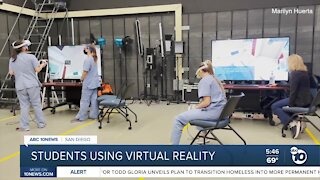 2:05
2:05
KGTV
3 years agoCSU San Marcos nursing students using virtual reality to complete studies
10 -
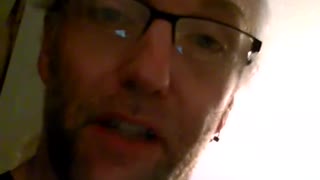 0:50
0:50
STLNutritionDoc
3 years agoVirtual reality -
5222 -
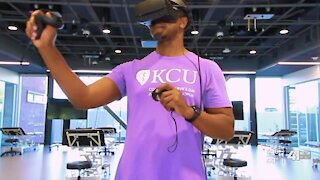 3:41
3:41
KSHB
3 years agoMedical schools turn to virtual reality amid pandemic
34 -
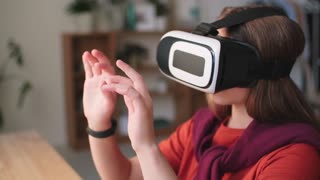 0:10
0:10
Alaasu
3 years ago $0.07 earnedVirtual reality
314 -
 2:48
2:48
Ironmikelly
3 years ago $0.03 earnedVirtual Reality Desert
204 -
 0:44
0:44
mlienkaram
3 years ago $0.11 earnedStudents during Virtual Learning
3821 -
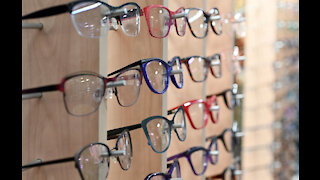 0:51
0:51
BANGBizarre
3 years ago $0.01 earnedVR tech helps to teach medical students
29 -
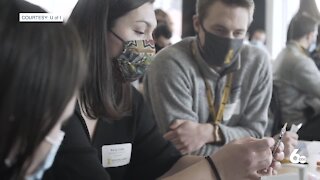 2:38
2:38
KIVI
3 years agoWWAMI medical students assisting with COVID-19 vaccinations
551 -
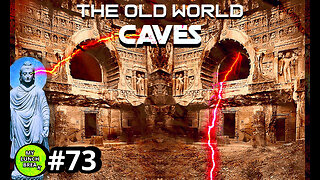 20:19
20:19
MYLUNCHBREAK CHANNEL PAGE
19 hours agoFinding the Old World Caves?
45K30 -
 28:37
28:37
Science & Futurism with Isaac Arthur
1 day agoCan We Terraform The Moon?
22.7K23